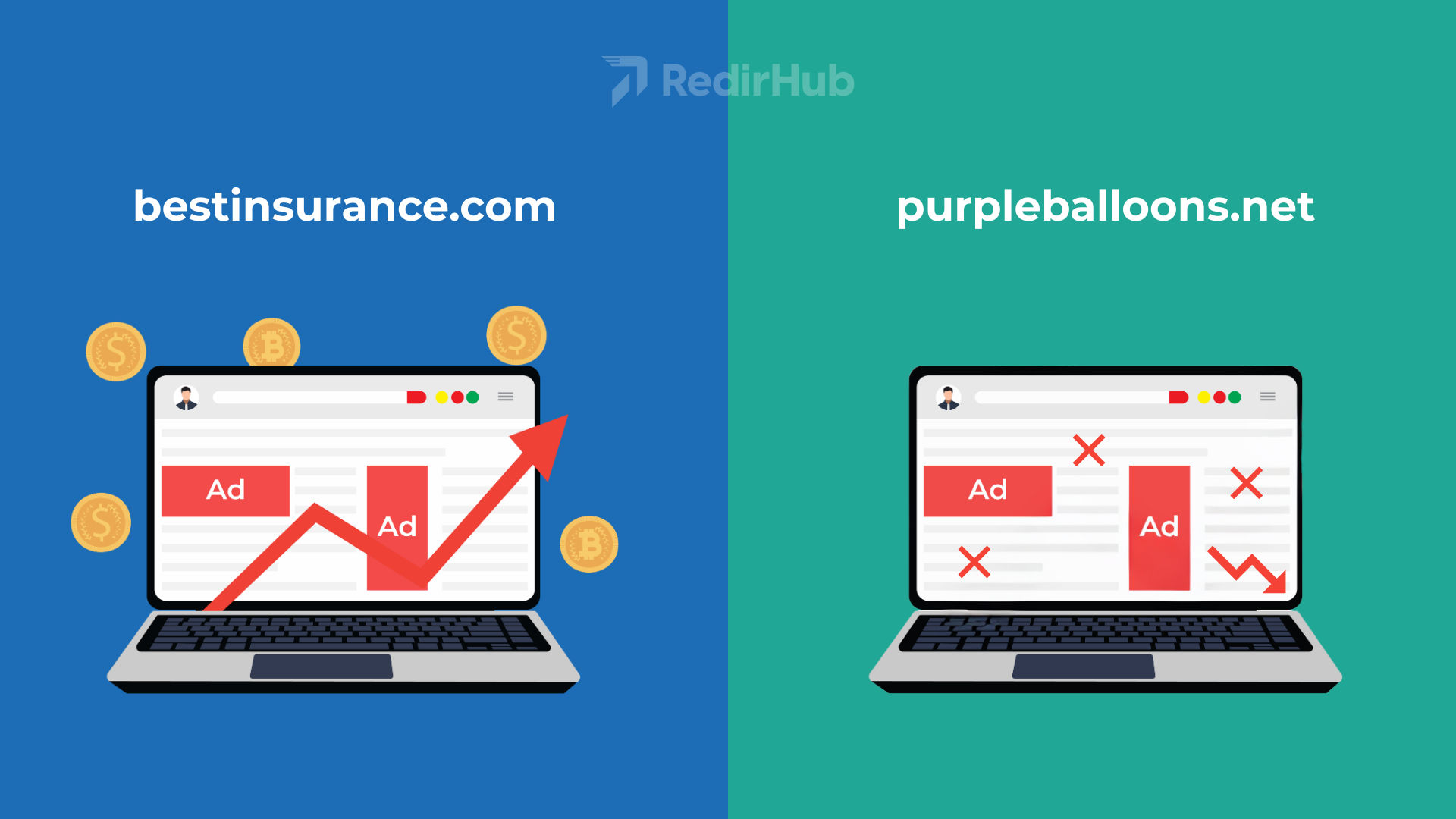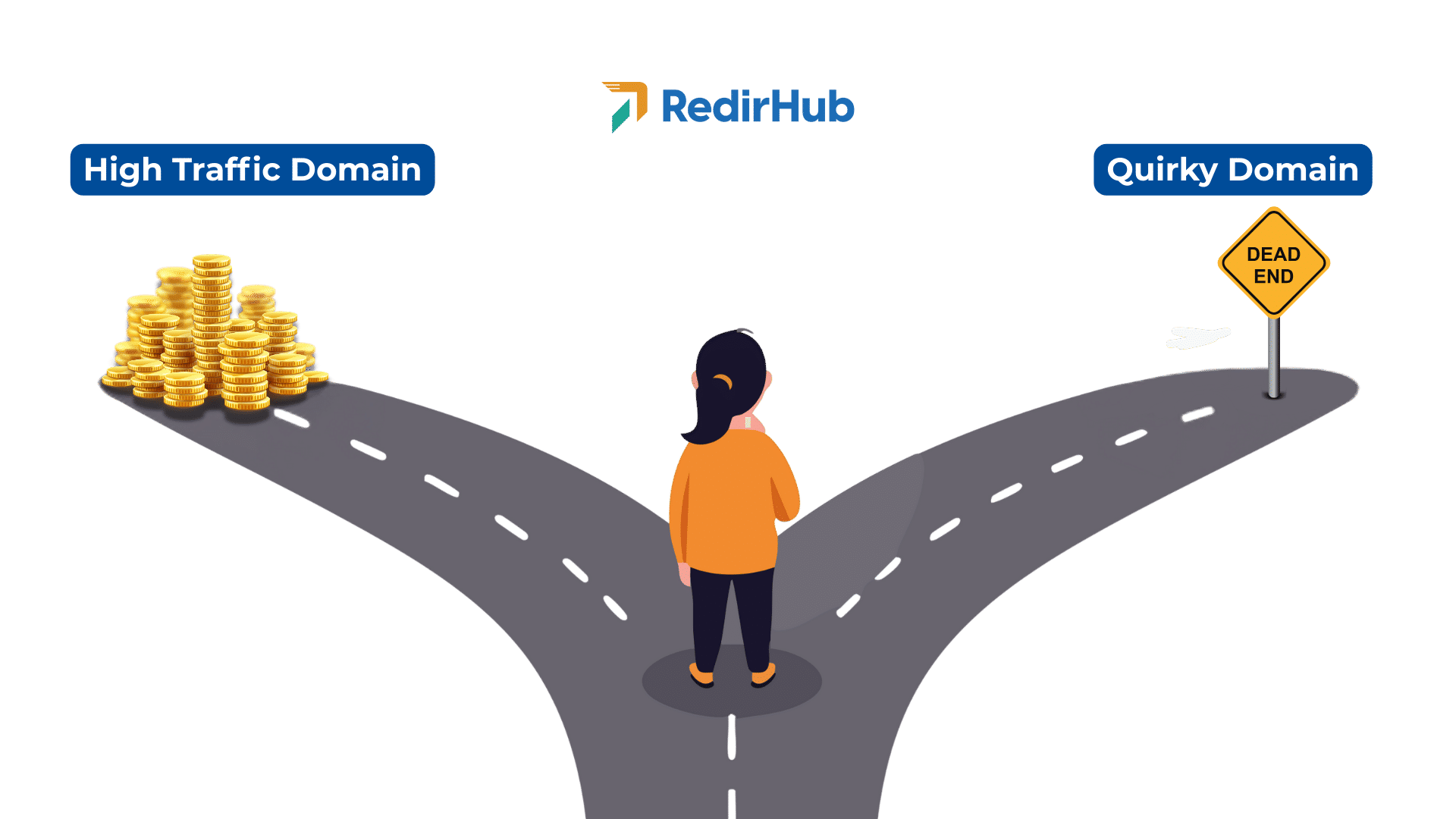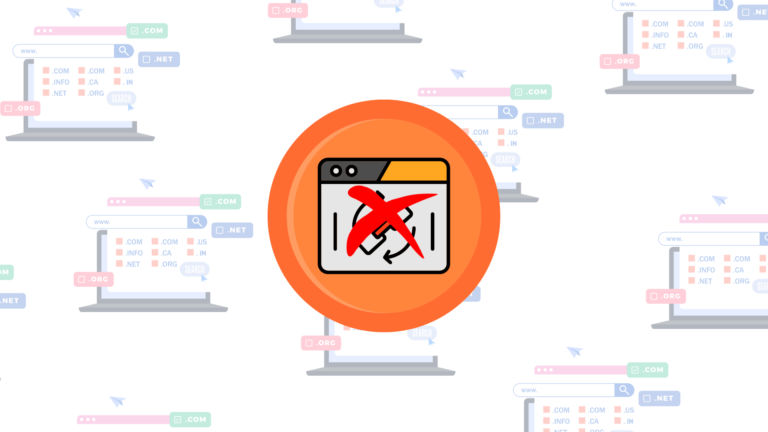Have you ever bought a domain name that sounded like a great idea at the time… but then it just sat there, doing nothing? It happens more often than people admit. That’s where domain parking comes in. Instead of letting your domain collect dust, you can put it to work and earn a little (or sometimes a lot) of money.
So, what exactly is domain parking?

At its simplest, domain parking is when you point your unused domain to a page filled with ads or custom redirects. Visitors who type in that domain see the ads, and if they click, you get a cut of the revenue. It’s easy, right?
But domain parking isn’t just about slapping a banner ad and hoping for clicks. The people who succeed treat it more like a business. They understand traffic sources, keyword value, and the kind of domains people still type directly into their browser. Think of names like “bestcreditcards.com” or “cheapflights.net.” These can still get type-in traffic without a proper website behind them.
Why do people pay for “empty” domains?
It’s a fair question. If someone lands on your parked page and clicks an ad, the advertiser is paying for that click. They’re betting the visitor is valuable enough (as a potential customer) to justify the cost. For you as the domain owner, this is passive income – sometimes a few cents a day, sometimes thousands per month if you own premium domains.
Here’s the thing: not all domains are created equal. A domain like “bestinsurance.com” has way more commercial intent than “purpleballoons.net.” One could make money parked, the other probably won’t.

The hidden side of domain parking
What doesn’t get talked about enough is that domain parking can also be used for redirect management. Sometimes companies own hundreds or thousands of domains – for branding, protection, or campaigns. Instead of juggling them all manually, they use a redirect management tool to organize, track, and monetize them.
That’s where services like RedirHub come in. It’s not just for monetization, but also for companies that want to cut costs and centralize their redirects without building infrastructure from scratch. A few firms that already run their own systems have moved some of the load externally just to simplify things.
Is domain parking for everyone?
Not really. If you only own one or two quirky domains with no type-in traffic, you won’t see much. Domain parking shines when:
- You own keyword-rich domains.
- You’ve bought expired domains with existing traffic.
- You’re managing a portfolio of hundreds of names.
But here’s the truth: some people still see domain parking as “dead.” That’s mostly because the big money days (back in the early 2000s) are gone. Now it’s a slower game, but still viable if you’re smart about it.

How to get started
- Check if your domains actually get traffic. No traffic = no money.
- Pick a parking service (there are several, some more open than others).
- Experiment with redirecting to affiliate offers, not just ad pages. Sometimes that pays better.
- Don’t ignore analytics. The small details add up.
And here’s a small but important reminder – domain parking works best as part of a larger strategy, not the entire business. For some, it’s extra income. For others, especially large domain investors, it’s their main source.





